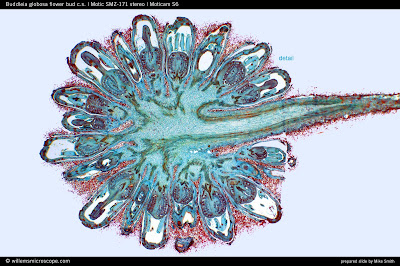INTRODUCTION
Wood is a wonderful material. It embodies the beauty and the odor of forests, the ecology of a natural building material and the microscopic aesthetics of a complex 3-dimensional anatomical structure.
The secondary cell wall of plants, constructed of parallel cellulose fibers embedded in an amorphous matrix is impregnated with lignin and minerals as a stabilizing factor for altitude records, e.g. the “Tall Tree”, 112 Meter height, a Sequoia tree from the California National Park. Shrubs and herbs use this principle to a lesser extent.
About tree dimensions. Look for the human. (Source)
For the increasing lack of sand and therefore of concrete as a construction material architects today tend to wood as an alternative. Asian engineers are famous for their buildings made with the help of a bamboo scaffold.
Hong Kong building with bamboo scaffold. (Source)
In Europe, architects are increasingly working with natural materials to follow the ecological demands of their customers. They reinvent proven technology with wood as a basis. From a wooden house to a wooden skyscraper:
a big step.
The concept for Germany’s first high-rise building in Germany made of wood. (Source)
WOOD MICROSCOPIC VIEWS
All attributes of wood can be derived from a microscopic analysis. The odor of a Christmas tree (resin channels!), the characteristics of furniture wood, the mechanical stability of timber. A tree trunk with its 3-dimensional structure needs 3 cutting planes to be fully understood: a cross section, a tangential cut, a radial cut.
The cross section is most easy to understand:










